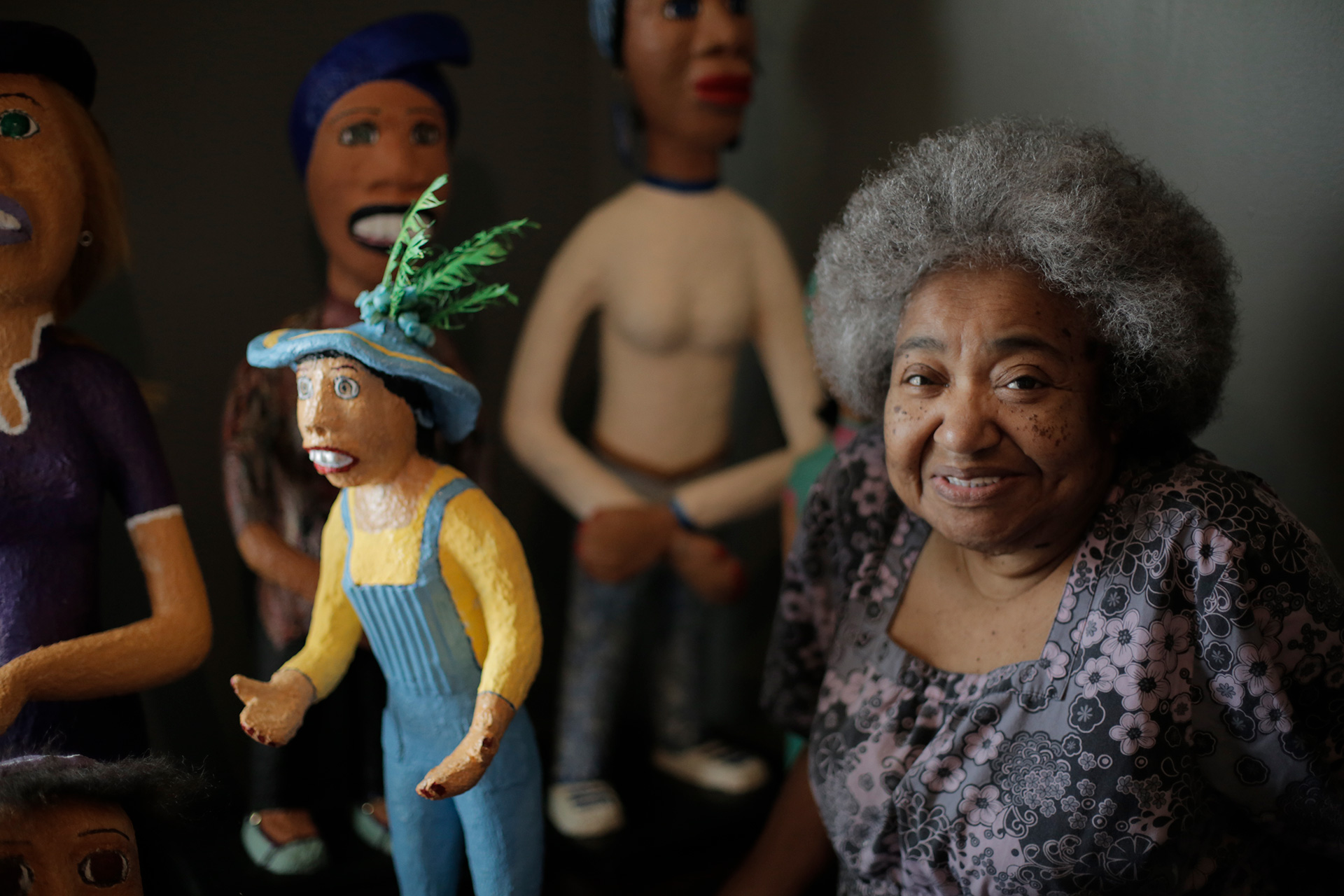
The Art of Forgiveness: Hattie Duncan
During a youth beset by polio and grinding poverty, Hattie Duncan learned a way of creativity that gave her a generous outlook on life and helped her become a beloved Southern folk artist.
Had it not been for polio, Hattie Duncan might never have become an artist.
She regards the disease that still limits her mobility as a great blessing, as odd as that may sound. This insight into the constructive possibilities of affliction allows her to view life with a sort of contented clarity that imbues her work with a deep and immutable sense of meaning.
Her work is spiritual, if that’s not too strong a word.
As an outsider artist who found her own way into the fold of an often fickle art world, Hattie is beloved by the creative community in her hometown of Jackson, Tennessee. She is, likewise, revered by a small cadre of regional folklife and traditional arts advocates. A handful of creatives and seekers occasionally gather at her kitchen table for Hattie’s version of a salon: one part discourse on the meaning and nature of creativity and two parts homily. The admiration and respect that have come to her late in life are now shared by a growing public that has finally learned to appreciate the full scope of her artistic vision.
It was not always so.
~~~
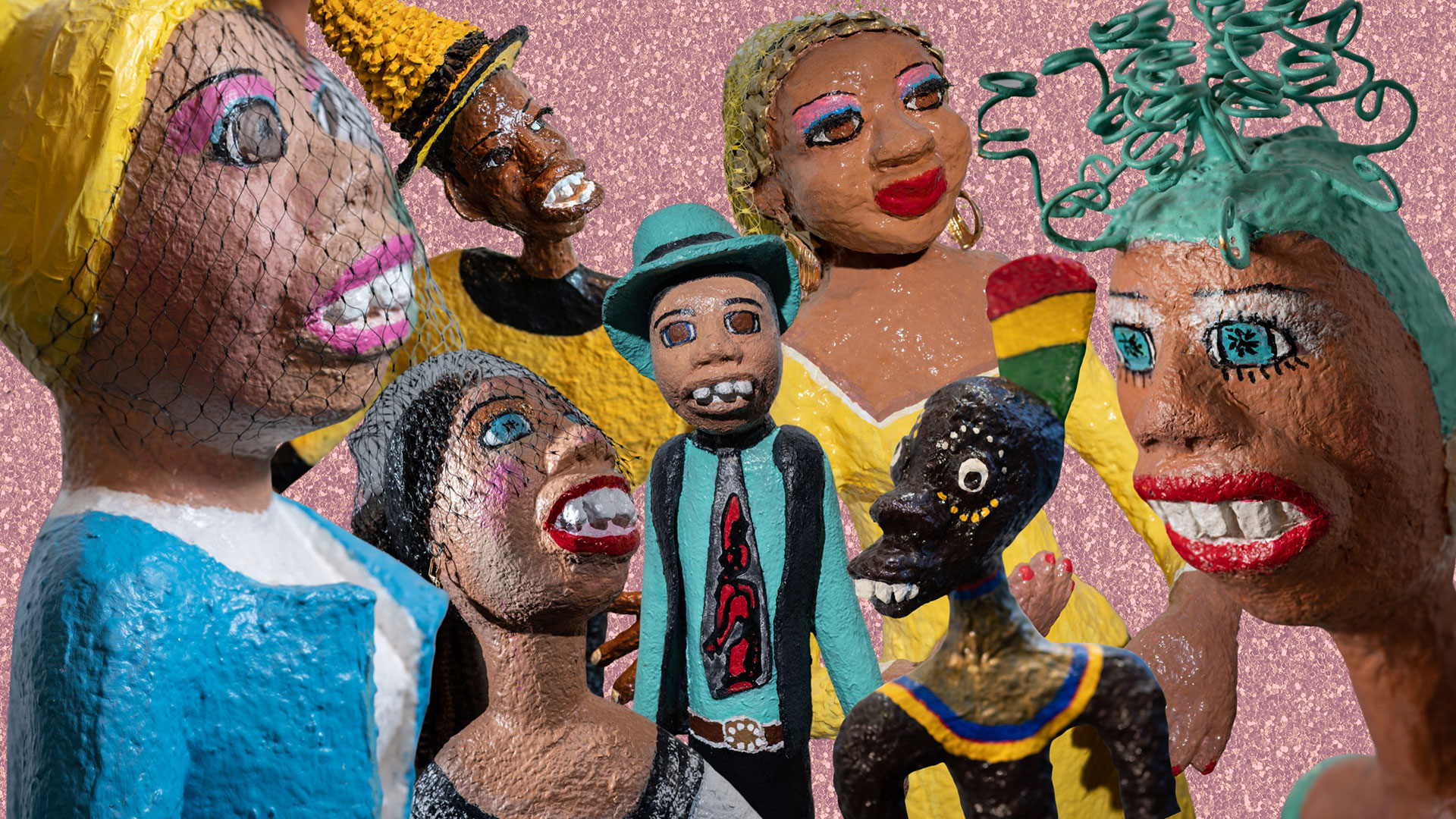
Hattie Duncan was born in 1947 into grinding poverty in the Jim Crow South. When she developed symptoms of polio, her family just accepted the disease and hoped for the best. Her mother refused medical care for fear the state would take her away or, worse, she would become the subject of medical experimentation. Lest that seem pointlessly cruel, recall that the Tuskegee Experiment had, by then, been underway for more than a decade, leaving little doubt that such a horrifying outcome was a real possibility.
The child was not sitting idly by as polio ravaged her tiny legs. She began developing a lifetime habit of creating with objects she found in her environment.
The effects of the illness sidelined Hattie for most of her preschool days. Bedridden for almost two years, she watched as her siblings and neighborhood children ran and played in the streets. Those days were nearly insufferable. In an unpublished memoir, Hattie wrote, “The pain and suffering weighs heavy on the scales of my life … however, the humiliation and pressure of my crushed spirit were good for me.” Obviously, something more profound than childhood diversions was taking shape in Hattie Duncan’s heart and soul.
Even as she improved physically, her mother descended into ever-deepening darkness, lashing out at her daughter, blaming her for the illness, accusing her of wrongdoing at every turn, and openly predicting Hattie would come to no good end. The confused child took consolation in her father’s patience and found inspiration in the pencil sketches he skillfully rendered for her on notepads and loose-leaf paper. Under other circumstances, she says today, he might have been considered a noteworthy folk artist himself.
It would be many years before Hattie could arrange the disparate puzzle pieces of her life into a coherent composition. But disabling illness and the struggle to walk again, her admiration for her father’s artwork, and the hurt of her mother’s spiteful condemnation began to inform her creativity in unmistakable ways.
The child was not sitting idly by as polio ravaged her tiny legs. She began developing a lifetime habit of creating with objects she found in her environment. She fashioned mud and clay into small figures. Crayons were valued for their vibrant color and paint-like pliability when melted in natural sunlight. Anything that could be shaped, molded or applied for adornment was fair game, and the young artist made the most of what she had at hand.
With the burgeoning do-it-yourself creativity came a sense of spiritual awareness. Just as she made art from found objects, Hattie took the harsh realities life handed her and refashioned them into something beautiful. She had learned to make little distinction between the act of artistic creation and knowledge of the Creator: In in her young mind, they were inextricably intertwined. Now that she’s older and more seasoned, it has become the central truth of her work.
~~~
Remarkable as Hattie Duncan’s backstory of hardship and perseverance might be, her work as a contemporary folk artist speaks for itself. That’s fortunate, since the art objects that emerge from her studio defy tidy categorization. They are, at once, substantial in form and whimsical in style; bold in their depiction of subjects, yet subtle in each detail; unaffected in their rendering, but profound in conception. The effect is stunning.
She labored in anonymity for many years, working when she could find time while raising her family. In the late 1990s and early 2000s, she began to take the work more seriously, if for no other reason than satisfying her own creative impulse. Almost no one took notice, but she tenaciously pursed her own muse, landing a local show or two. Some wrote her work off as hopelessly sentimental or naïve. But the naïvety was theirs. Each of Hattie’s compositions—especially the figurative works for which she has become so well known—are alive and bursting with humanity. They instantly leap from their pedestals, each one suggesting a story as unique as a human thumbprint. The impression is so overwhelming, one can’t help thinking each piece holds some deeply personal meaning, as if the subjects were arrested in midstream, permanently memorialized in the act of being themselves.
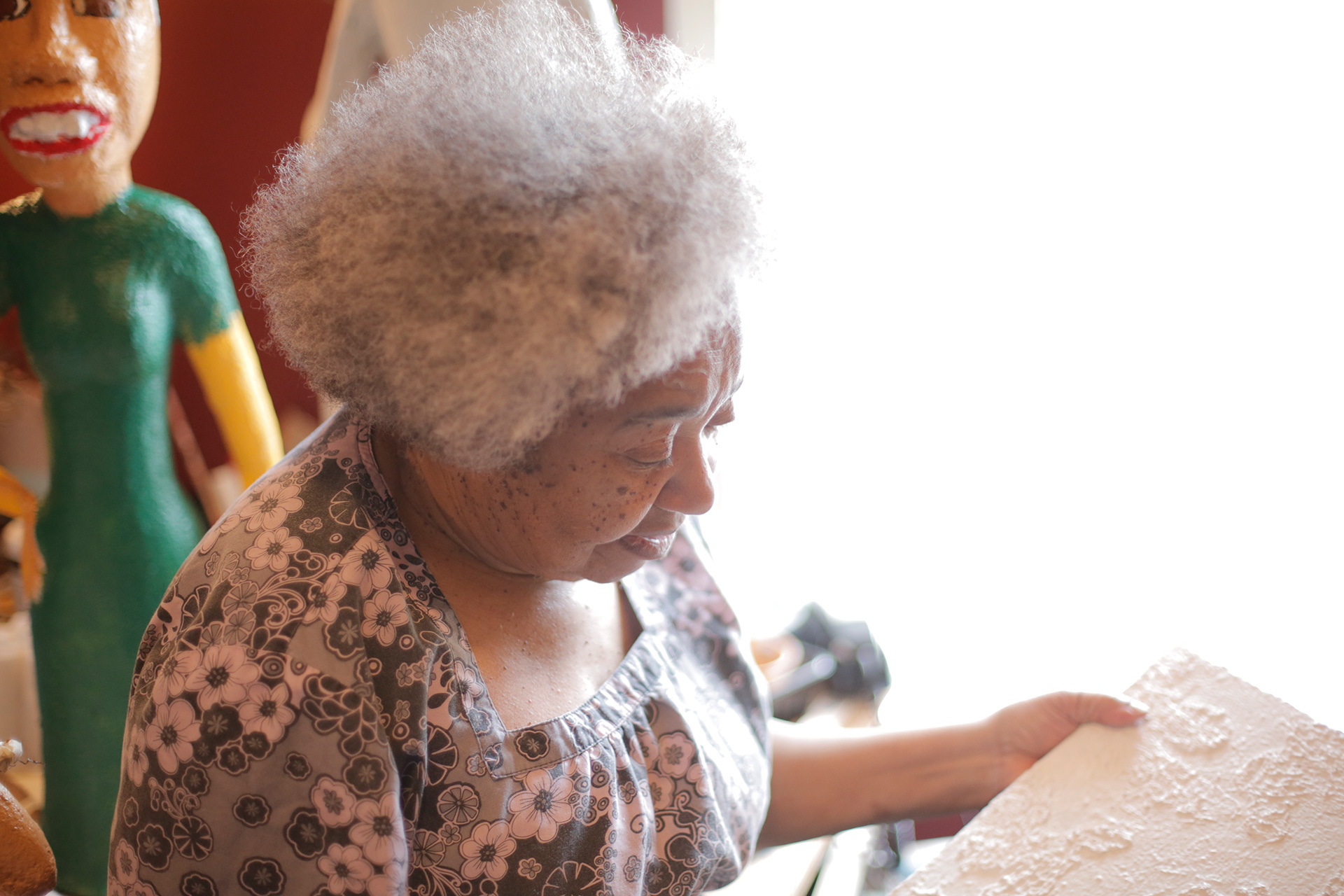
Indeed, most of the figures represent someone in the artist’s circle of acquaintance. It might be family from the distance past, members of her church or friendly neighbors. The subjects might be portrayed with guileless humor, ardent affection or deep reverence, but the narrative qualities and intense intimacy that flow so naturally from the work of Hattie Duncan’s hands send each piece dancing across a gallery right into the imagination of the viewer.
~~~
Hattie’s process isn’t what you would call complicated, but it’s truly innovative in a down-home way. She uses her own, tried-and-true “paper clay” recipe, which she first perfected by trial and error in a household blender. As the scale of the work grew, a handheld paint mixer and five-gallon buckets became essential tools. The resulting mixture of glue, water and paper is applied liberally to armatures strung together from plastic bottles, recycled wire, scrap wood and other found objects. When fully cured, the paper clay is hard as nails and heavy as lead.
If you ask Hattie Duncan about her artistic process, she’s more likely to talk about loss and surrender and reconciliation. If you delve more deeply, she will reward you with a master class on the intersection of human creativity and spirituality.
Many completed sculptures have vibrant, hand-painted finishes and flashy adornments that belie the substantiality of the finished forms. Others are more muted, but the sense of arresting individuality carries throughout the entire body of work. The figures were never intended to convey a sense of realism; nevertheless, they possess illusive, lifelike qualities that create a pleasing tension between the world-wise and childlike. It’s these attributes that lend her work a certain visionary quality.
If you ask Hattie Duncan about her artistic process, she’s more likely to talk about loss and surrender and reconciliation. If you delve more deeply, she will reward you with a master class on the intersection of human creativity and spirituality. If her sculptures are a gift of material culture to a world unrelenting in its ugliness, her words resonate with the beauty and healing wisdom life offers only to those who are truly paying attention.
~~~
I first met Hattie Duncan in 2017 at a reception and exhibition of her work at West Tennessee Regional Arts Center in Humboldt, Tennessee. We were 10 minutes into our first conversation when she told me the deep well of creativity on display in that exhibit was the product of cultivated forgiveness.
What does one say to something like that? Nothing at all; you listen and learn.
What came pouring out of Hattie Duncan that day — and most every day since — was a pent-up fount of practical wisdom. She has thought deeply about the divine origins and redemptive possibilities of human creativity, and she’s eager to share those insights; to her, such truths are inseparable from the art. She speaks with eloquence about letting go of the pain and deprivations of the past as a means of opening new creative channels in the soul, a principle she holds to be just as applicable to a physician or a trash collector as an artist. She knows what it means to be the forgiver and the forgiven; the lover and the beloved; the creator and the creation, and she is intimately acquainted with each of these roles.
On one occasion, Hattie told me that we see people with our eyes, “but we never truly see what surrounds them.” It takes some getting used to, this way of speaking about life. So, when I asked what she meant, she clarified that the weight others drag through this world is never immediately apparent to us. It was a gentle admonition to tread lightly in day-to-day interactions, to act with preemptive love and kindness toward all. She was quick to remind me that once we discover the weight that a fellow human being carries, we discover the strength of that individual, and that can be a personal epiphany. Though it’s not necessarily how she meant it, the statement could have been her autobiography condensed to its simple essence. Her work lovingly recreates the great cloud of witnesses surrounding her — those who bear testimony to the tragedies and triumphs that formed her and her art.
~~~
Besides the exhibition at West Tennessee Regional Arts Center, Hattie’s work has been shown in a number of regional museums and institutions, including the Tennessee Arts Commission (TAC) gallery in Nashville. TAC’s Folklife Program instantly embraced the unique and endangered nature of Hattie’s work, recently including her in the state’s Traditional Arts Apprenticeship Program. Similar programs, centered on more narrow definitions of traditionality, might have rejected an outsider artist like Hattie, but Tennessee Folklife’s staff immediately recognized that her work was deeply rooted in the personal experience of family and community. Her art is traditional, not to mention endangered, since Hattie is the only one who does it.
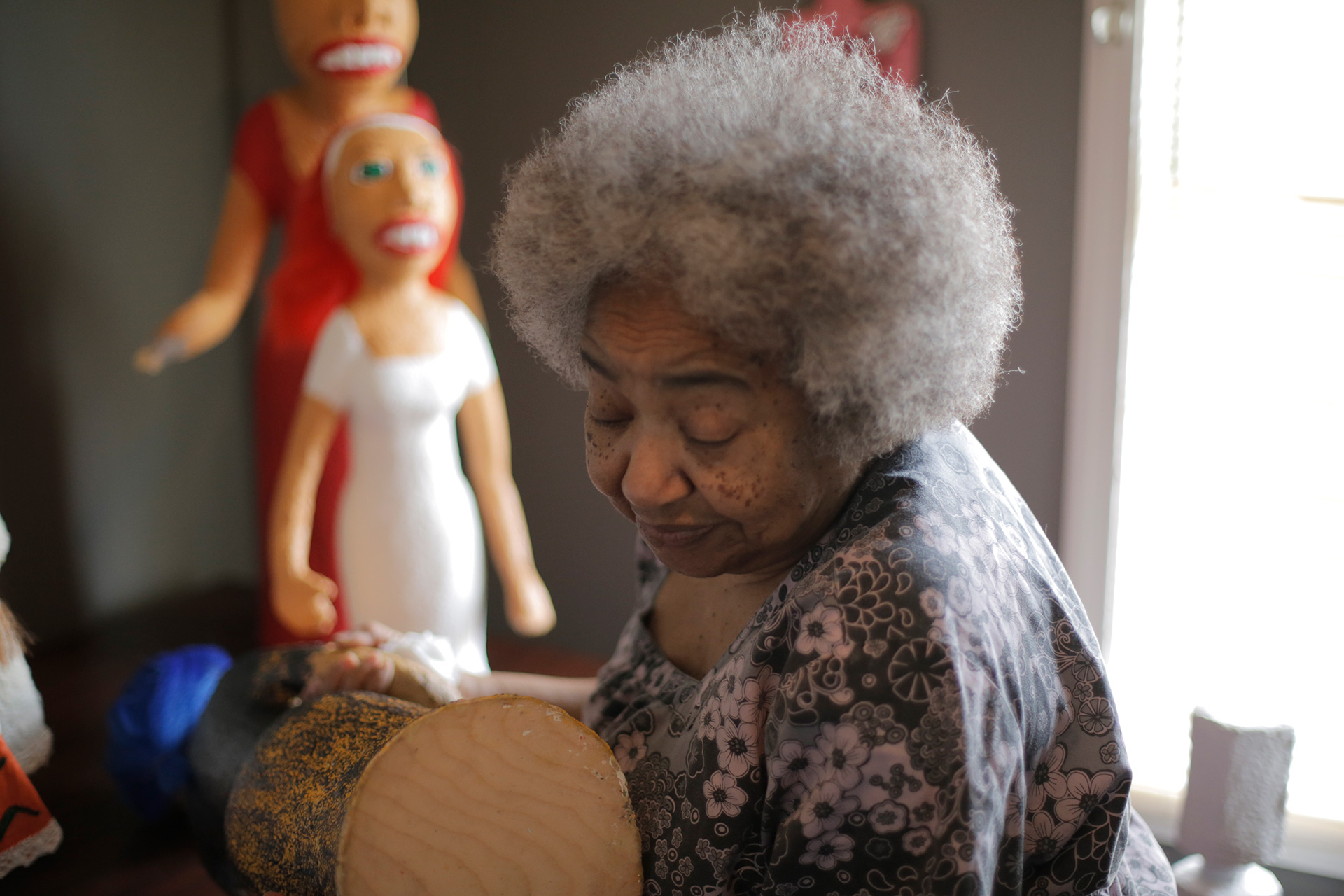
An exhibition of her sculptures at Discovery Park of America in Union City, Tennessee, is now on display through October 24. The museum’s “Southern Artist Showcase” brings together some of Hattie Duncan’s strongest figurative works from institutional and private collections around West Tennessee. The five-month exhibition at the popular Discovery Park has probably exposed more visitors to the world of Hattie Duncan than all previous exhibitions combined. The day I was there, children seemed particularly drawn to the work, which pleased Hattie immensely.
"I was wondering myself, how did I learn to do this? But it’s because of forgiveness.”
During the reception and gallery talk at Union City, Hattie quoted Jesus’s sermon on the mount (from the book of Matthew) to illustrate the origins of her artistic abilities.
“When I come out to talk about art,” she insisted, “I’m not really talking about art.” She explained that approaching God while harboring contempt for his children was fruitless, but the pathway to blessings — in this case, the blessing of creativity — was found in the loving resolution of personal conflict.
“This is what happened to me,” she concluded, “because I was wondering myself, how did I learn to do this? But it’s because of forgiveness.” That’s the most solid exegesis of Matthew’s gospel you’re likely to hear in an art gallery.
~~~
I had the great privilege of seeing Hattie recognized with the Tennessee Governor’s Folklife Heritage Award in 2019, the state’s highest honor in the traditional arts. As one might expect, she accepted the award with grace and humility. The biannual Governor’s Arts Awards honorees were a stellar list of artists and arts advocates, while prominent politicians and arts leaders rounded out the rest of the guest list. The presence of the governor, the first lady and Little Richard — yes, that Little Richard — offered some sense of the affair’s grandness. I could tell Hattie was a little nervous that evening, but she was the only one in the room I would characterize as having a regal bearing.
Certainly, the award and the accolades from such an elite crowd was a satisfying validation of one woman’s disgracefully underappreciated artistic vision, but I couldn’t help thinking it was also a victory for the untutored and the unheralded makers on the margins; the dreamers and believers who refuse to let hardship extinguish the light of creativity; the differently and powerfully abled; the forgivers.
Afterwards, I hugged Hattie and said, “You did it.”
She smiled warmly and said, “I did, didn’t I?”
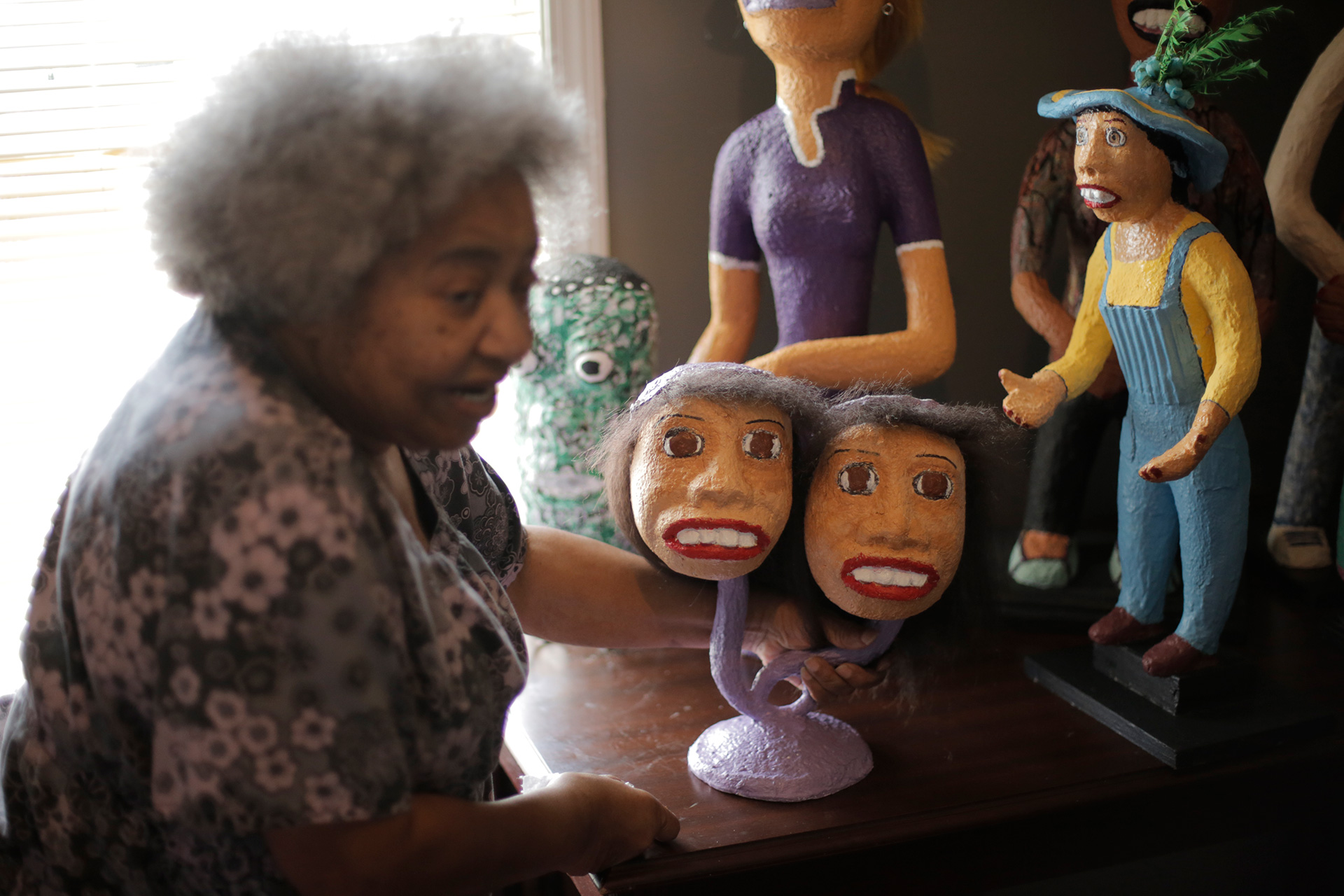
Shawn Pitts is a writer and rural arts advocate in Selmer, Tennessee. He has documented and written about the traditional cultures of his native West Tennessee for over 20 years. In 2012, he received an award from the Library of Congress's American Folklife Center to document and preserve an archive of traditional music from the region, which resulted in co-producing and writing liner notes for the 2019 Bear Family Records release, "Discovering Carl Perkins: Eastview, Tennessee 1952-53." Shawn’s writing has appeared in Southern Cultures, Salvation South, The Daily Yonder and the Tennessee Folklore Society Bulletin, among other online and print periodicals. He blogs about some of his cultural adventures and misadventures at Broomcorn. In his spare time, Shawn is in private chiropractic practice.

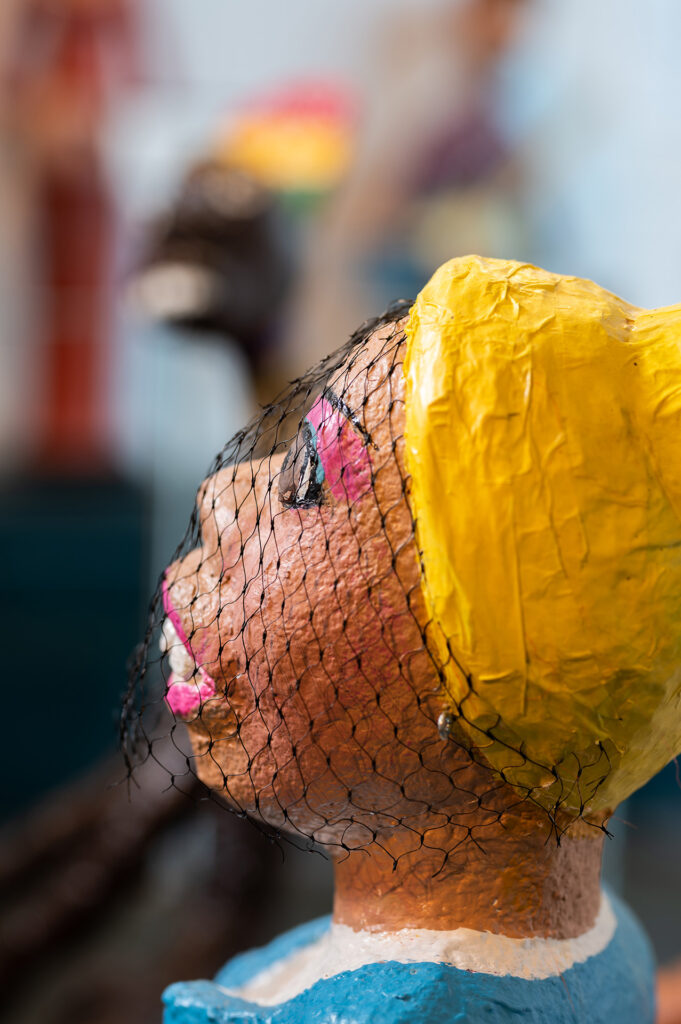
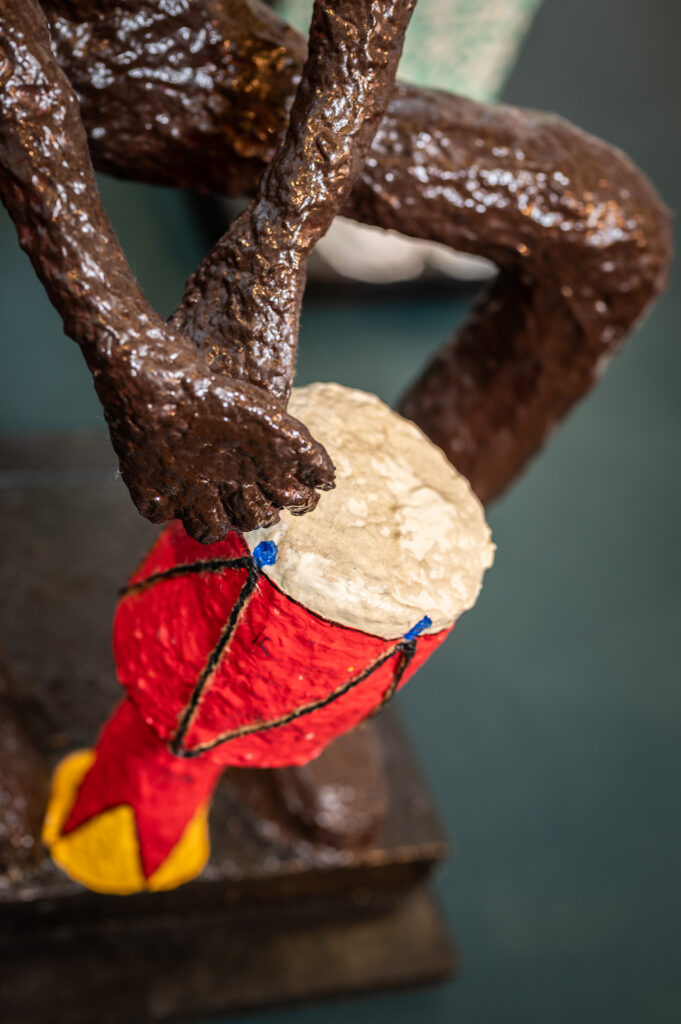
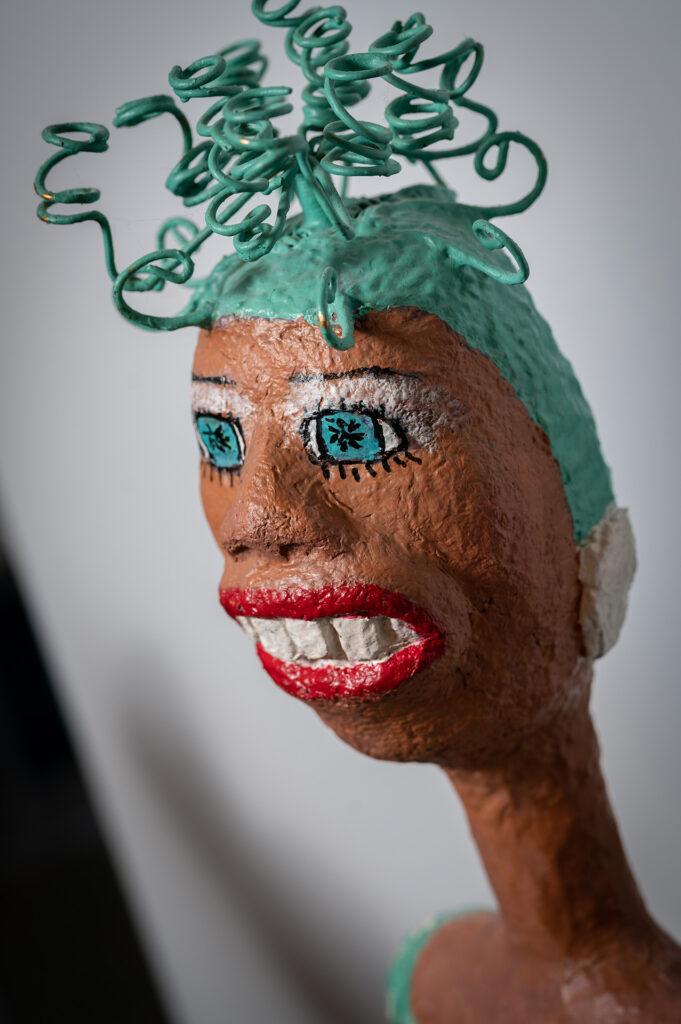

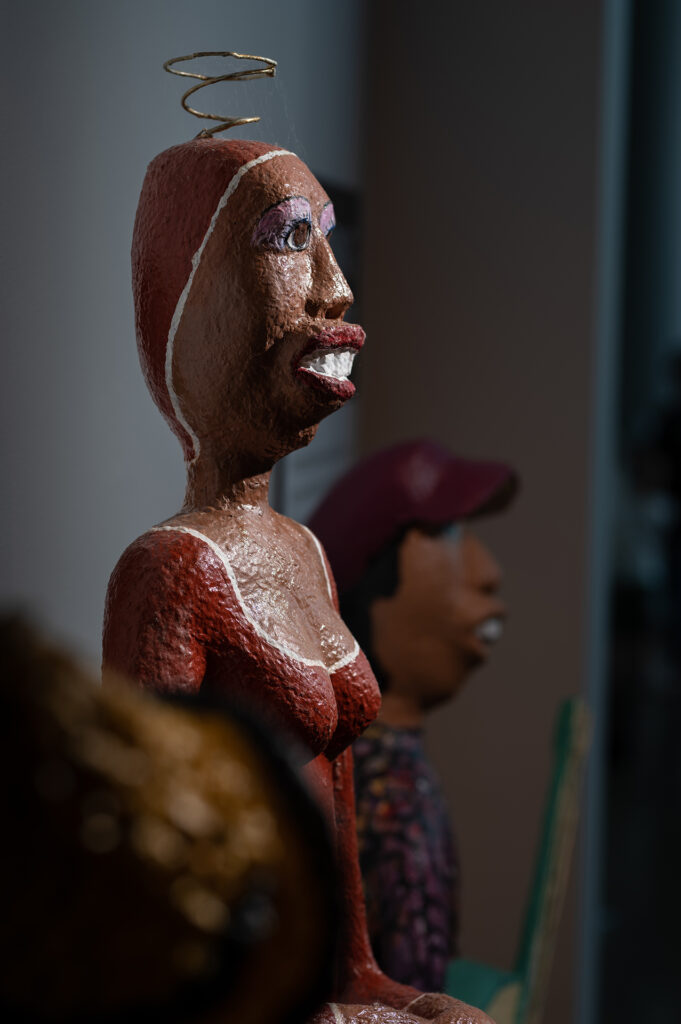
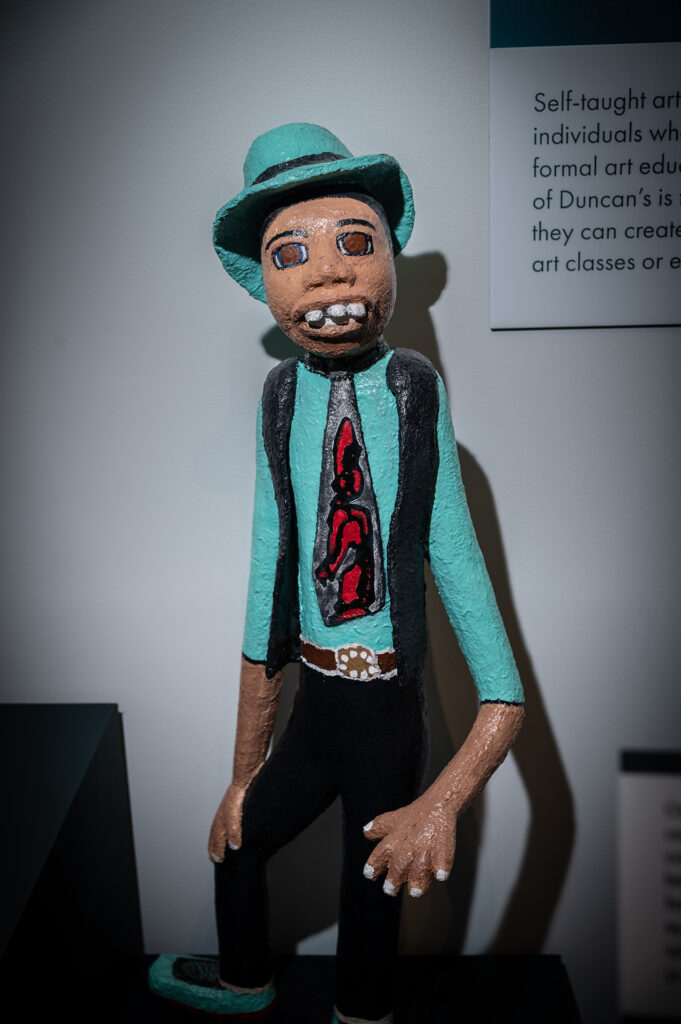
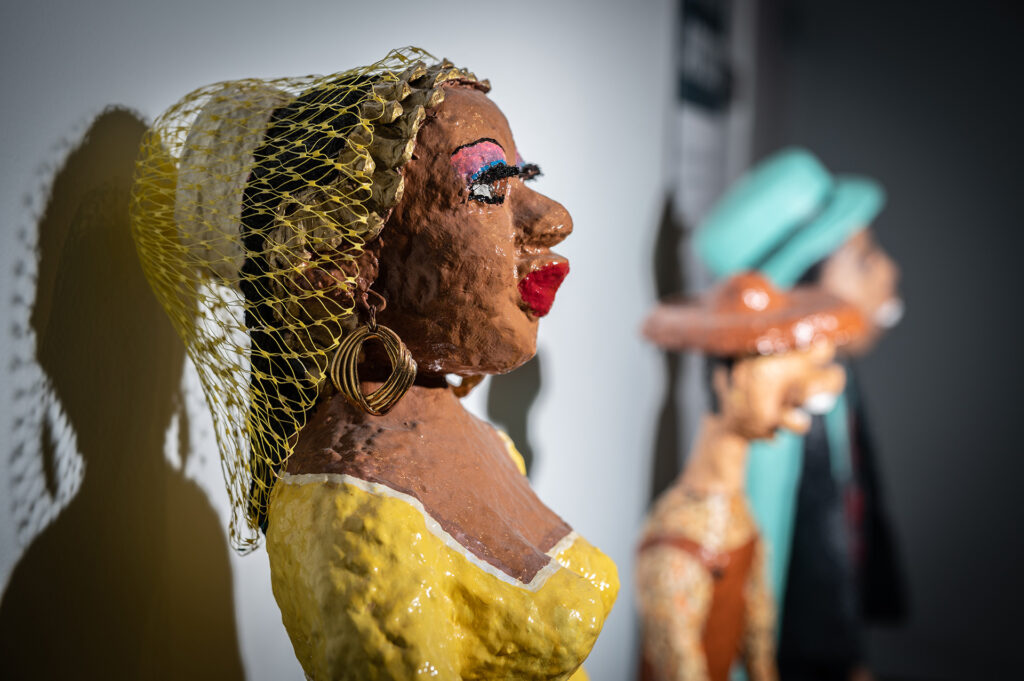
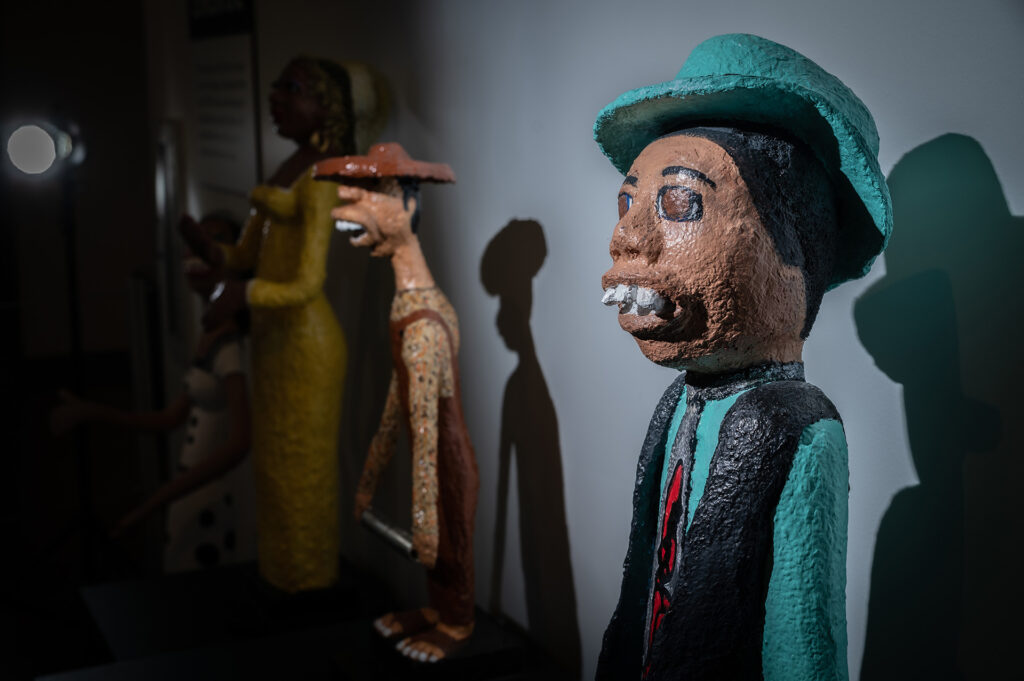
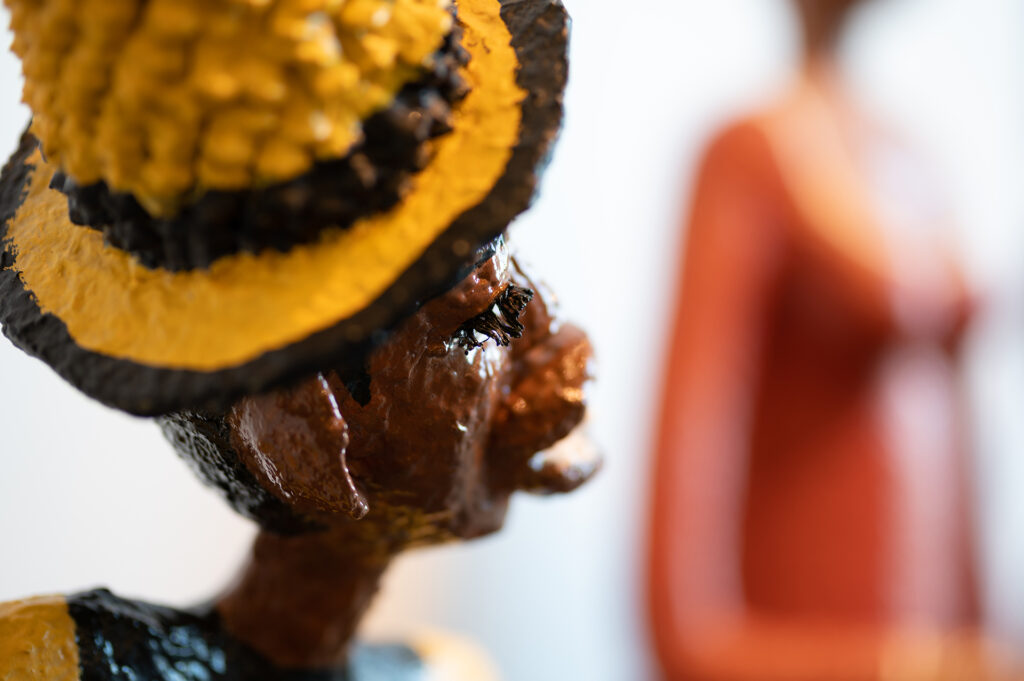
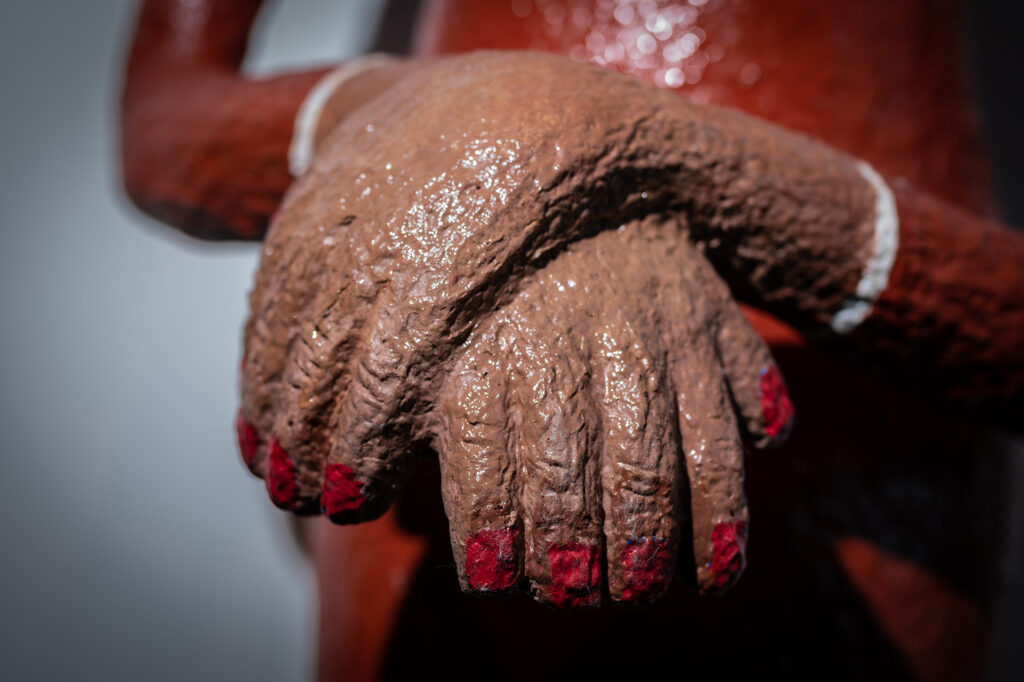



Beautiful profile. Thank you for sharing this.
This is a heart-rending story I will not forget. Thank you for introducing me to a remarkable woman and artist.
Wow. “On one occasion, Hattie told me that we see people with our eyes, ‘but we never truly see what surrounds them.'” Sometimes I imagine this big web behind people’s heads, stretching back into infinite, representing all their influences and troubles and complexities, leading up to this one little point at which I’m seeing them. And then Ms. Duncan approaching that with “preemptive love and kindness toward all.” I’ll keep trying to be like her. Thanks for doing this, Mr. Pitts. Thanks for hipping us to this wonder.